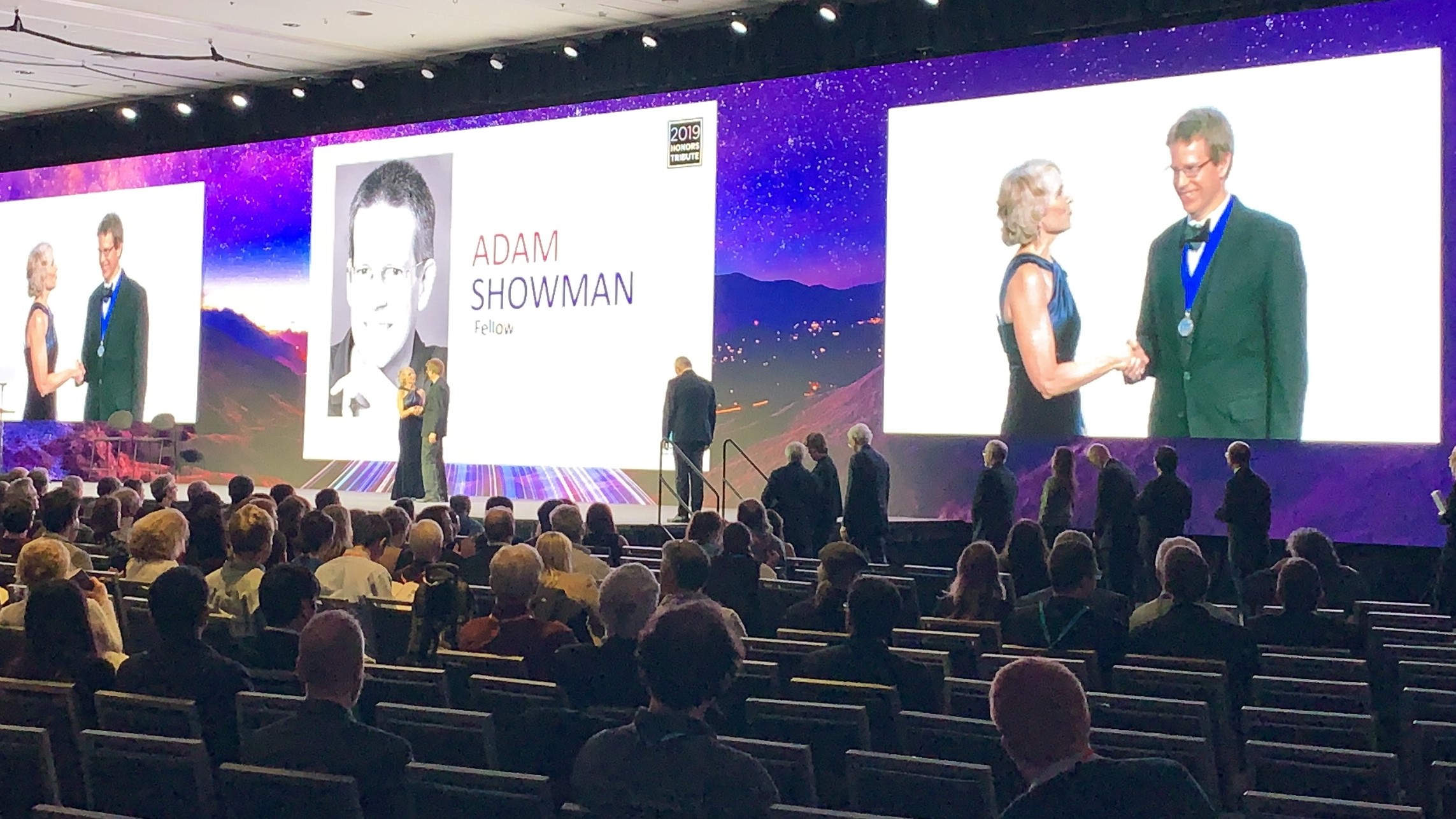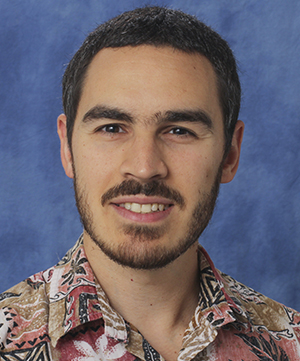 Adam P. Showman passed away unexpectedly on March 16, 2020, at his home in Tucson, AZ. His untimely passing has been felt widely in the international planetary science community which has lost an outstanding theorist, dedicated teacher of many graduate students, and a sought-after collaborator to a world-wide network of exoplanet astronomers.
Adam P. Showman passed away unexpectedly on March 16, 2020, at his home in Tucson, AZ. His untimely passing has been felt widely in the international planetary science community which has lost an outstanding theorist, dedicated teacher of many graduate students, and a sought-after collaborator to a world-wide network of exoplanet astronomers.
Adam Showman was born on October 9, 1968 in Palo Alto, CA. He studied physics at Stanford University, where he earned a B.S. in 1991. He earned a Ph.D. at Caltech in 1999, with a dissertation on the atmosphere of Jupiter as well as the geophysics of its largest moon Ganymede. After two short postdoc stints at the University of Louisville and NASA Ames, Dr. Showman joined the Lunar and Planetary Laboratory at the University of Arizona as an Assistant Professor in 2001; he was named full Professor in 2012. He was recently named a Galileo Circle Fellow of the University of Arizona (2018) and a Fellow of the American Geophysical Union (2019).
During his career, Dr. Showman directly advised eleven graduate students and mentored many more across the disciplines of planetary science, atmospheric sciences and geosciences. He was a renowned teacher who enjoyed explaining to his students the complicated details of planetary physics and hammering out ideas to solve research problems. He developed eight different courses in the planetary sciences, including two completely new graduate courses, with course notes that are treasured by his students. His early pioneering research on the atmospheric dynamics of exoplanets (Showman & Guillot, 2002, Astron. & Astrophys. 385:166-180) has been the paradigm of hot gas giant atmospheric circulation models ever since. This work showed that the difference between the day and night side on hot Jupiters would drive strong eastward equatorial winds, comparable to or greater than the speed of sound in the medium. Showman and his collaborators worked out in detail the theoretical predictions that were spectacularly verified in subsequent observations, profoundly shaping the field. Showman extended his innovative theoretical models beyond hot gas giant planets, to tidally-locked and fast-rotating planets of smaller sizes and cooler temperatures as well as to the larger and warmer brown dwarfs. He was deeply involved in the exoplanet science community, collaborating with many observers to interpret their observations of exoplanet atmospheres and working with theorists to advance modeling techniques. He served the planetary science community in many professional roles, including as Editor of the international planetary science journal, Icarus.
Dr. Showman also made notable contributions to our understanding of atmospheric circulation in the four giant planets in our own solar system and of the geophysics of the Galilean satellites. Showman and collaborators (Kaspi, Flierl & Showman, 2009, Icarus 202:525-542) used an anelastic general circulation model to explore the deep winds on Jupiter, where density varies by more than four orders of magnitude from the atmosphere to the interior. They find that the winds are aligned with the rotation axis but decay gradually with depth. Their predictions were verified by the Juno mission, which has measured the higher harmonics of Jupiter’s gravity field and has shown that the zonal winds extend 3000 km below the visible clouds, a major breakthrough in planetary science. On the icy Galilean satellites, Europa, Ganymede and Callisto, Showman’s work encompassed interior thermal structures and their interplay with the orbital dynamics (the formation of a water ocean in Ganymede and implications for the magnetic field detected by the Galileo Orbiter, Showman et al., 1997, Icarus 129:367-383), the peculiar tectonics of Ganymede (graben formation, Showman et al., 2004, Icarus 172:625-640), the putative convection in Europa’s ice shell (Showman & Han, 2004, JGR-Planets 109:E01010), and the unstable lithosphere of Enceladus (Bland, Beyer & Showman, 2007, Icarus 192:92-105). Dr. Showman was equally in command of both gas giant atmospheric dynamics and geophysical fluid dynamics, an astonishing combination of expertise widely admired by his colleagues.
Students and colleagues alike knew Dr. Showman as a fount of knowledge and ideas which he shared generously and widely. He was a friend to many who fondly remember his spirit of adventure and abiding curiosity. In his teenage years, after a family trip to China, he developed a fascination for Chinese culture; he travelled frequently to China and became proficient in the Mandarin language. Dr. Showman is survived by his daughter, Arwen, his brother, Ken, and his parents, Pete and Dinah Showman.
Renu Malhotra(1) and Andrew P. Ingersoll(2)
(1)Lunar and Planetary Laboratory, The University of Arizona, Tucson, AZ
(2)Division of Geological and Planetary Sciences, Caltech, Pasadena, CA
(text prepared for Icarus)


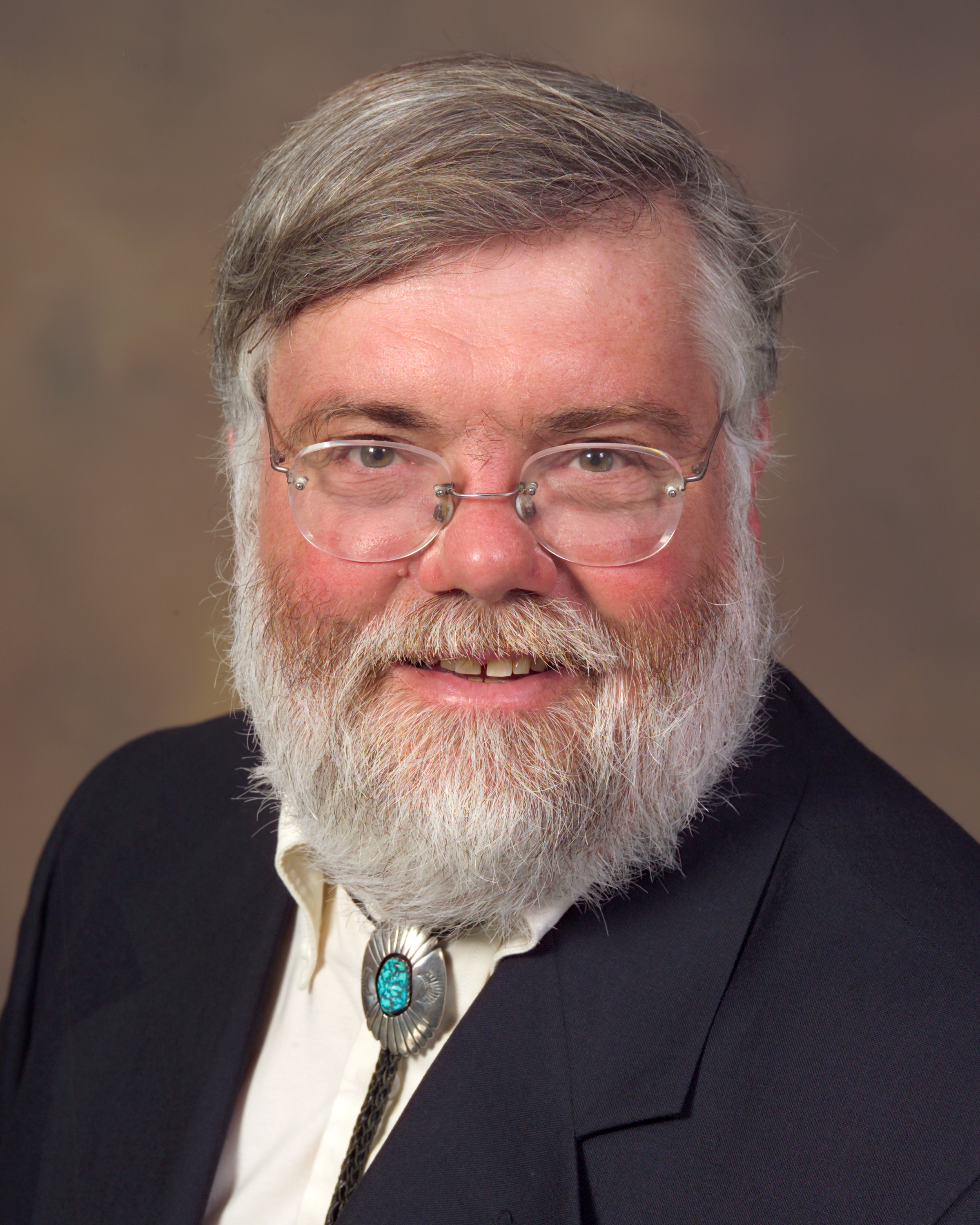
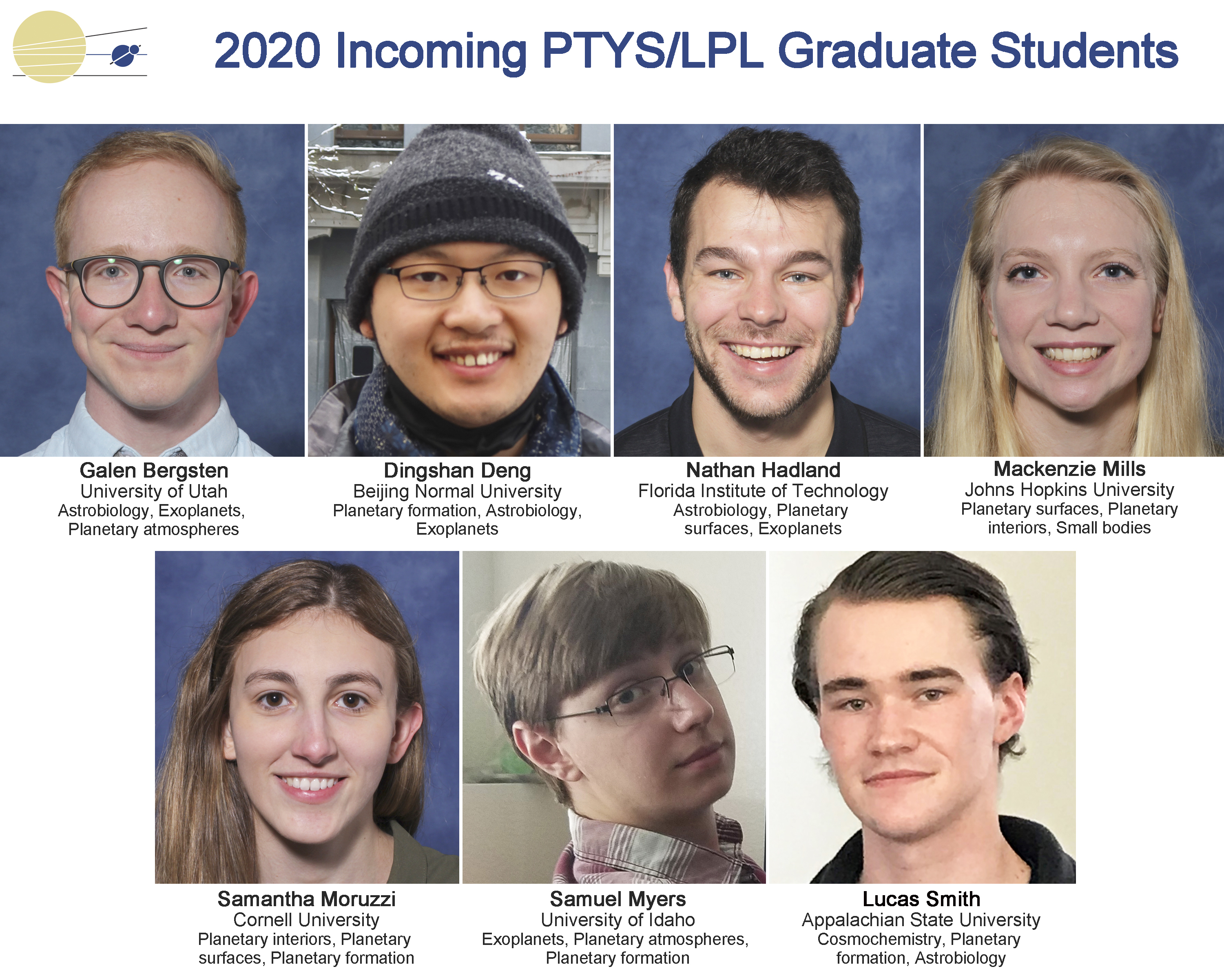
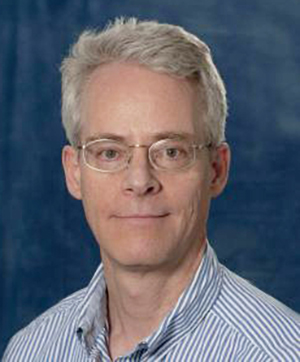 Computing Systems Manager John Pursch retired from LPL on November 30. John was hired as a Principal Support Systems Analyst in 2001, just after moving to Tucson from California, where he had worked as a programmer for various technology startups during the technology boom of the 1980s and 1990s. At LPL, John began supporting infrastructure systems and working his behind the scenes "magic" in supervising daily operations for LPL mail, web, and file servers, backups, and user support. John’s programming skills can be found in scripts in almost every LPL infrastructure system, keeping everything in check and running smoothly.
Computing Systems Manager John Pursch retired from LPL on November 30. John was hired as a Principal Support Systems Analyst in 2001, just after moving to Tucson from California, where he had worked as a programmer for various technology startups during the technology boom of the 1980s and 1990s. At LPL, John began supporting infrastructure systems and working his behind the scenes "magic" in supervising daily operations for LPL mail, web, and file servers, backups, and user support. John’s programming skills can be found in scripts in almost every LPL infrastructure system, keeping everything in check and running smoothly.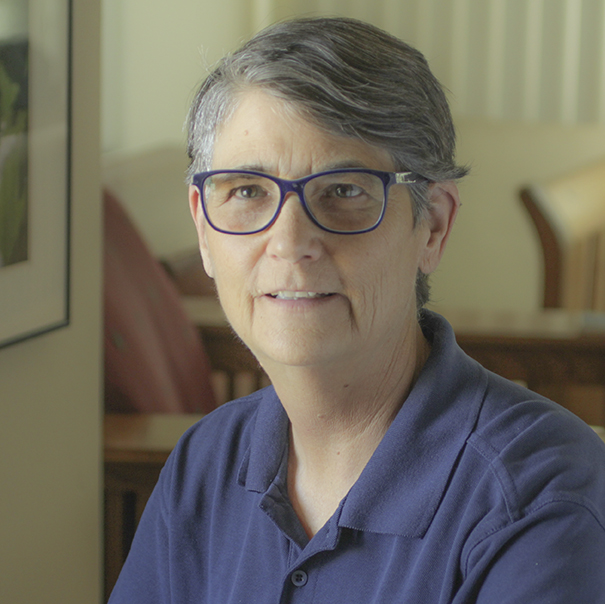 Maria Schuchardt retired from LPL on October 12 after nearly 30 years of service. She began her LPL career in April 1991, primarily as department photographer. In 1998, Maria became the Data Manager for the
Maria Schuchardt retired from LPL on October 12 after nearly 30 years of service. She began her LPL career in April 1991, primarily as department photographer. In 1998, Maria became the Data Manager for the 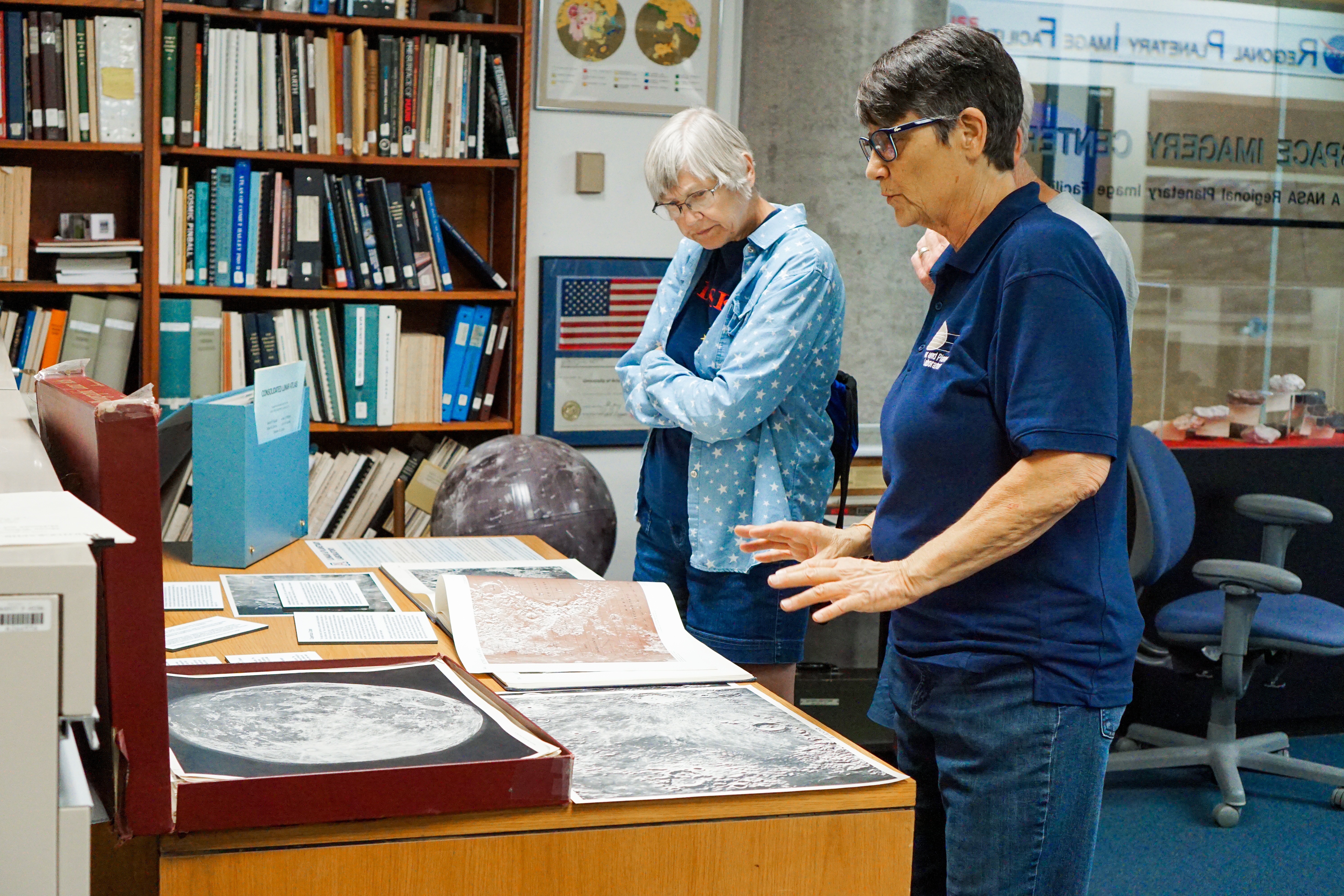
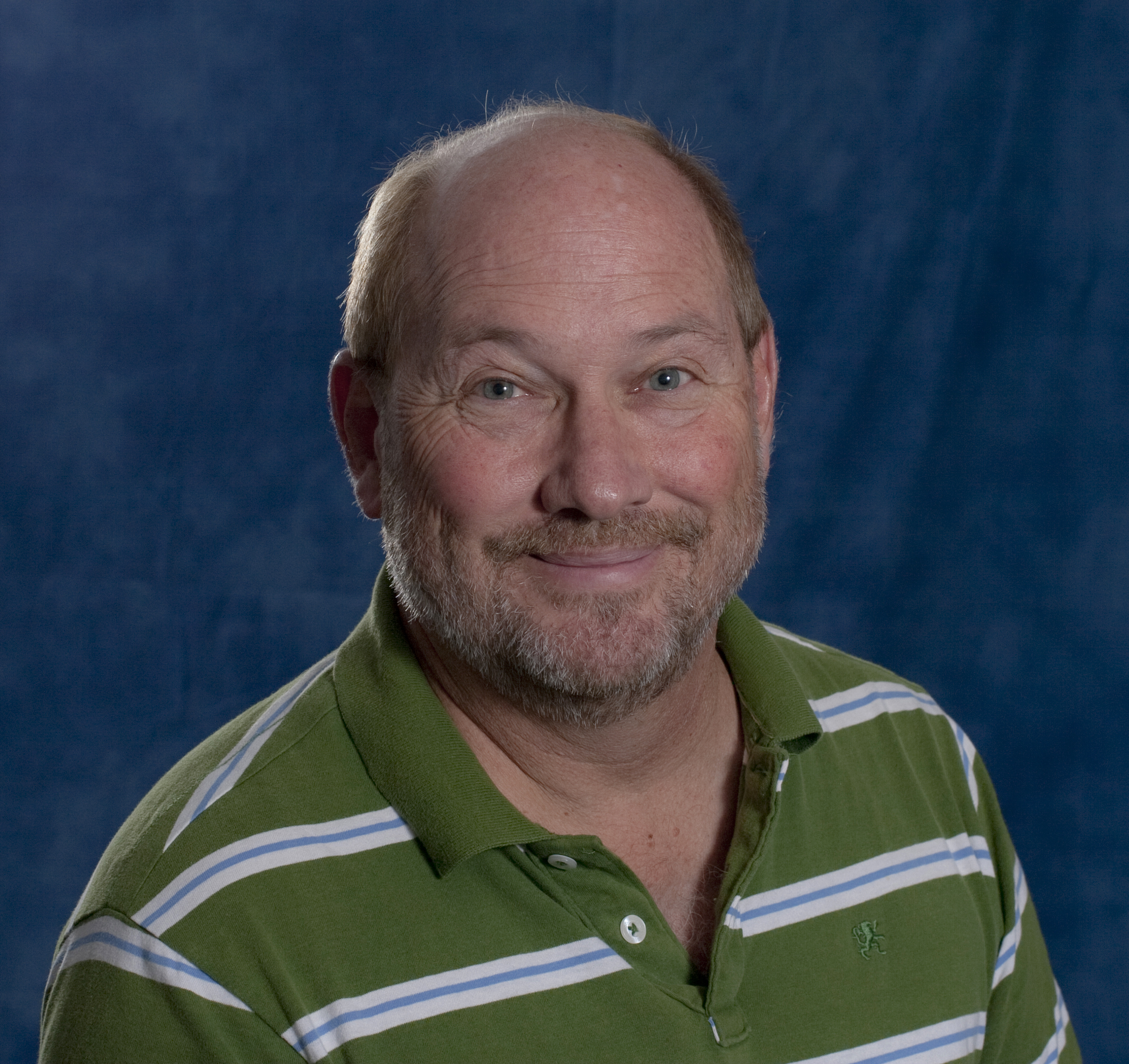 Charles "Chuck" See, a long-time member of the LPL family, passed away on January 8. Chuck was a native Tucsonan who earned a B.S. in Mechanical and Aerospace Engineering as well as an M.S. in Electrical Engineering from the University of Arizona. He spent ten years working as an aerospace engineer at firms like Sperry Space Systems (Phoenix), Allied Signal (Tucson), Westinghouse (Pittsburgh), Honeywell (Phoenix) & Westinghouse (Baltimore). In 1995, Chuck returned to the UA as a staff engineer working with
Charles "Chuck" See, a long-time member of the LPL family, passed away on January 8. Chuck was a native Tucsonan who earned a B.S. in Mechanical and Aerospace Engineering as well as an M.S. in Electrical Engineering from the University of Arizona. He spent ten years working as an aerospace engineer at firms like Sperry Space Systems (Phoenix), Allied Signal (Tucson), Westinghouse (Pittsburgh), Honeywell (Phoenix) & Westinghouse (Baltimore). In 1995, Chuck returned to the UA as a staff engineer working with 